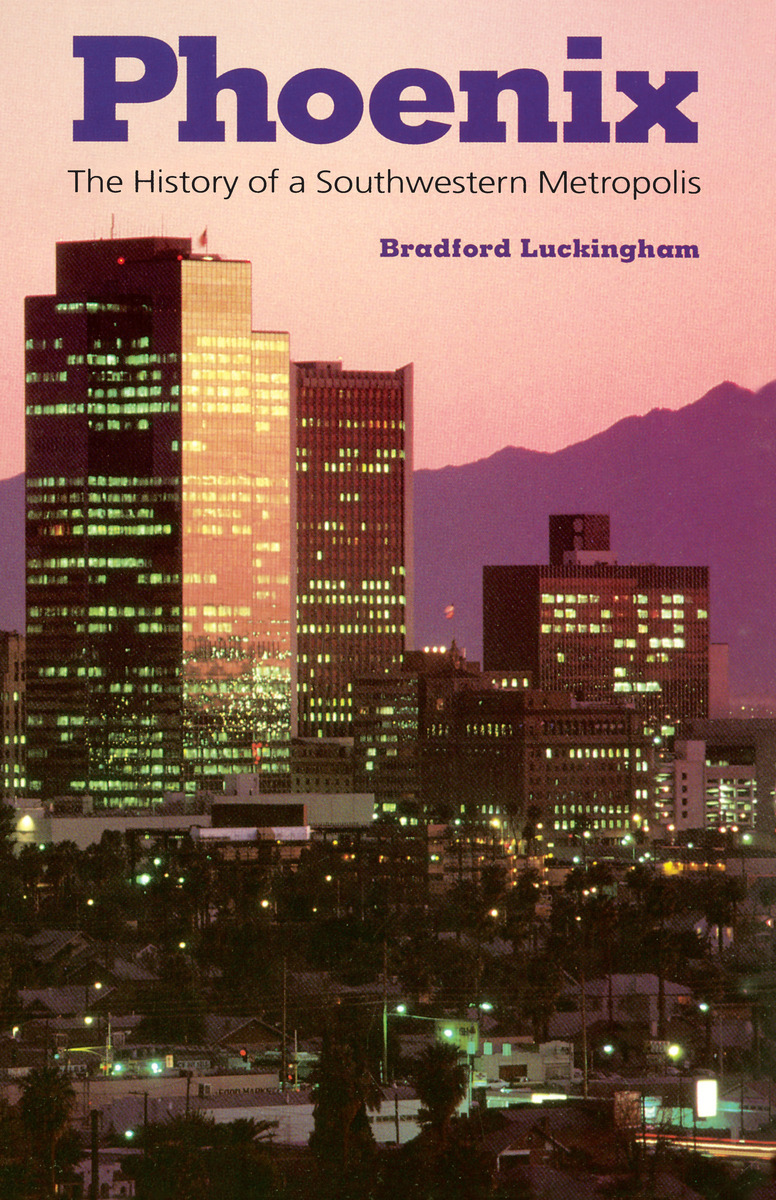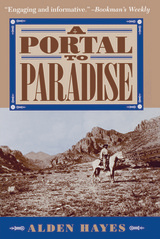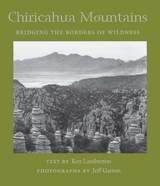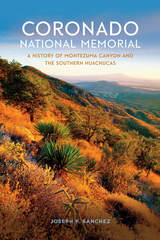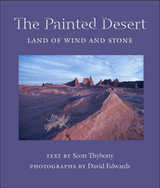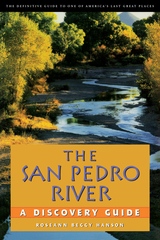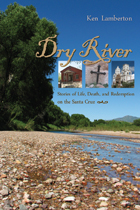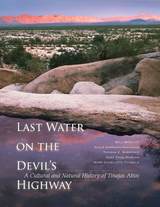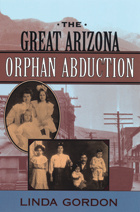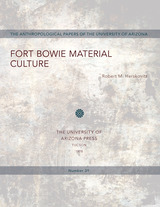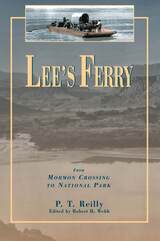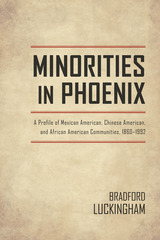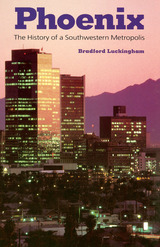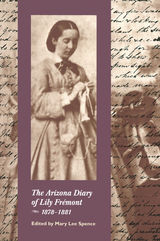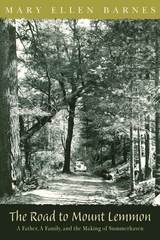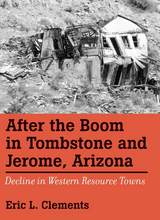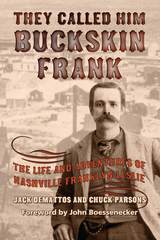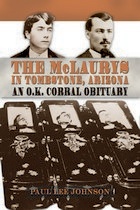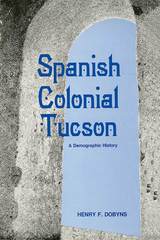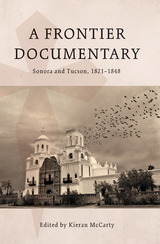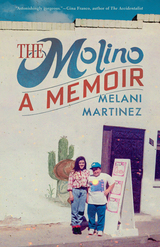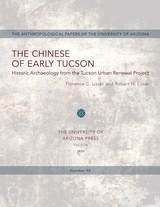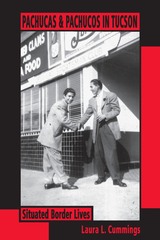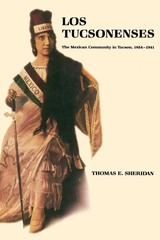Phoenix: The History of a Southwestern Metropolis
University of Arizona Press, 1989
Cloth: 978-0-8165-1087-0 | Paper: 978-0-8165-1116-7 | eISBN: 978-0-8165-3467-8 (standard)
Library of Congress Classification F819.P57L83 1989
Dewey Decimal Classification 979.173
Cloth: 978-0-8165-1087-0 | Paper: 978-0-8165-1116-7 | eISBN: 978-0-8165-3467-8 (standard)
Library of Congress Classification F819.P57L83 1989
Dewey Decimal Classification 979.173
ABOUT THIS BOOK | AUTHOR BIOGRAPHY | REVIEWS | TOC
ABOUT THIS BOOK
More than half of all Arizonans live in Phoenix, the center of one of the most urbanized states in the nation. This history of the Sunbelt metropolis traces its growth from its founding in 1867 to its present status as one of the ten largest cities in the United States. Drawing on a wide variety of archival materials, oral accounts, promotional literature, and urban historical studies, Bradford Luckingham presents an urban biography of a thriving city that for more than a century has been an oasis of civilization in the desert Southwest. First homesteaded by pioneers bent on seeing a new agricultural empire rise phoenix-like from ancient Hohokam Indian irrigation ditches and farming settlements, Phoenix became an agricultural oasis in the desert during the late 1800s. With the coming of the railroads and the transfer of the territorial capital to Phoenix, local boosters were already proclaiming it the new commercial center of Arizona. As the city also came to be recognized as a health and tourist mecca, thanks to its favorable climate, the concept of "the good life" became the centerpiece of the city's promotional efforts. Luckingham follows these trends through rapid expansion, the Depression, and the postwar boom years, and shows how economic growth and quality of life have come into conflict in recent times.
See other books on: Economic conditions | Luckingham, Bradford | Phoenix | Phoenix (Ariz.) | Southwest (AZ, NM, OK, TX)
See other titles from University of Arizona Press
